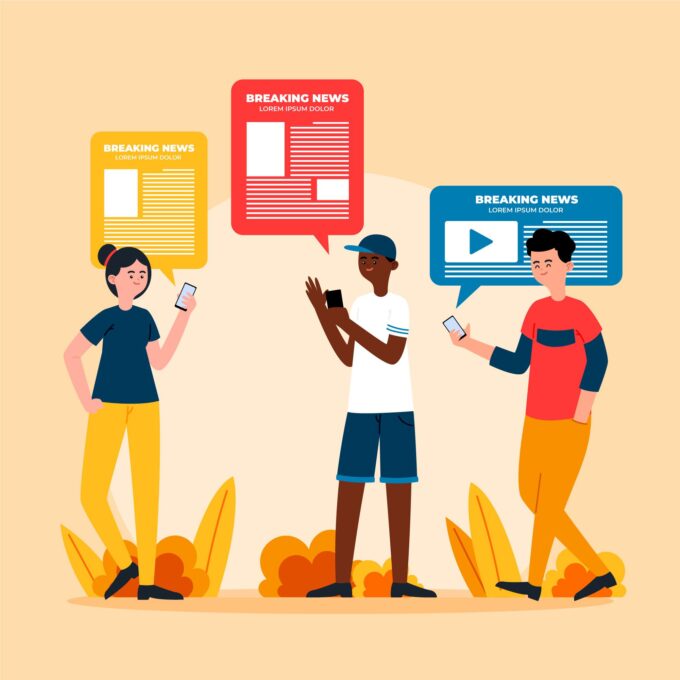When it comes to marketing, luring customers in is simple compared to the effort it takes to make them stay. It’s particularly vital when you realise the intense competition for a limited pool of customers, with so many brands, companies, and organisations offering similar products and services.
That’s where customer Loyalty programs come in.
A truly effective loyalty program goes beyond just offering rewards; it builds long-lasting relationships with your customers, transforming them into dedicated, long-term advocates for your brand. This guide will cover the fundamentals of customer loyalty programs, why they matter, and how you can create one that keeps your customers coming back for more.
What is a Customer Loyalty Program?
A Loyalty Program is a strategy designed by businesses to encourage customers to continue purchasing their products or services—in other words, they help retain customers by offering various incentives, rewards, and benefits for patronising their brand, which is also a way of showing appreciation for their patronage. This program includes; Discounts on future purchases, Cashback, Special perks, Reward System etc
Related: What is Retargeting? Re-engaging Potential Customers
Why Loyalty Programs Matter
Customer loyalty programs matter significantly for businesses, especially in today’s highly competitive landscape. Here’s why they are so crucial:
- Customer Retention: It’s far more cost-effective to keep an existing customer than to acquire a new one. Studies consistently show that even a small increase in customer retention rates can lead to a substantial boost in profits. Loyalty programs give customers a compelling reason to stick with your brand rather than exploring competitors.
- Cost-Effective Marketing: Acquiring new customers is expensive, involving significant investments in advertising, sales efforts, and promotions. By retaining existing customers through loyalty programs, businesses can reduce their expense on acquiring new customers, freeing up resources to invest elsewhere.
- Higher Lifetime Value (CLV): Loyalty programs will encourage customers to spend more with a business. They are more likely to make repeat purchases, explore new products or services you offer (upselling and cross-selling), and make larger transactions. A well-designed loyalty program encourages this increased spending over time, maximising the value each customer brings to your business.
- Brand Advocacy: Loyalty programs influence your customers to become your brand advocates. They will likely recommend your products and services or leave positive reviews online. This is preferred to other types of marketing since it is free and provides greater trust.
- Brand Connection: Sometimes it’s more than just encouraging patronage for your product but building a connection and securing their trust. By Offering exclusive benefits and other community perks, businesses can make customers feel special and appreciated.

How to Create a Customer Loyalty Program
Here are simple and direct steps to follow when setting a loyalty program for your brand or business:
- Define what you want to achieve through your loyalty program. Is it retention, more spending on your products, or referrals? you have to make it clear from the onset.
- Understand Your Target Customers: What do they value, what are their experiences, and what influences their buying decisions?
- Choose a Structure: Points, tiers, paid, or community-based.
- Create rewards that will be valuable and attractive to your customers and target audience.
- Make it simple for customers to earn and redeem rewards.
- Measure and Track performance, and use the data to optimise the program.
To Sum It Up,
Customer loyalty programs aren’t just about rewarding purchases; they’re about building a connection and trust with your customers. A well-executed program helps you retain your best customers, increase lifetime value, and turn them into passionate brand advocates. In today’s fiercely competitive landscape, cultivating customer loyalty isn’t merely an advantage; it’s essential for survival and growth.












Leave a comment